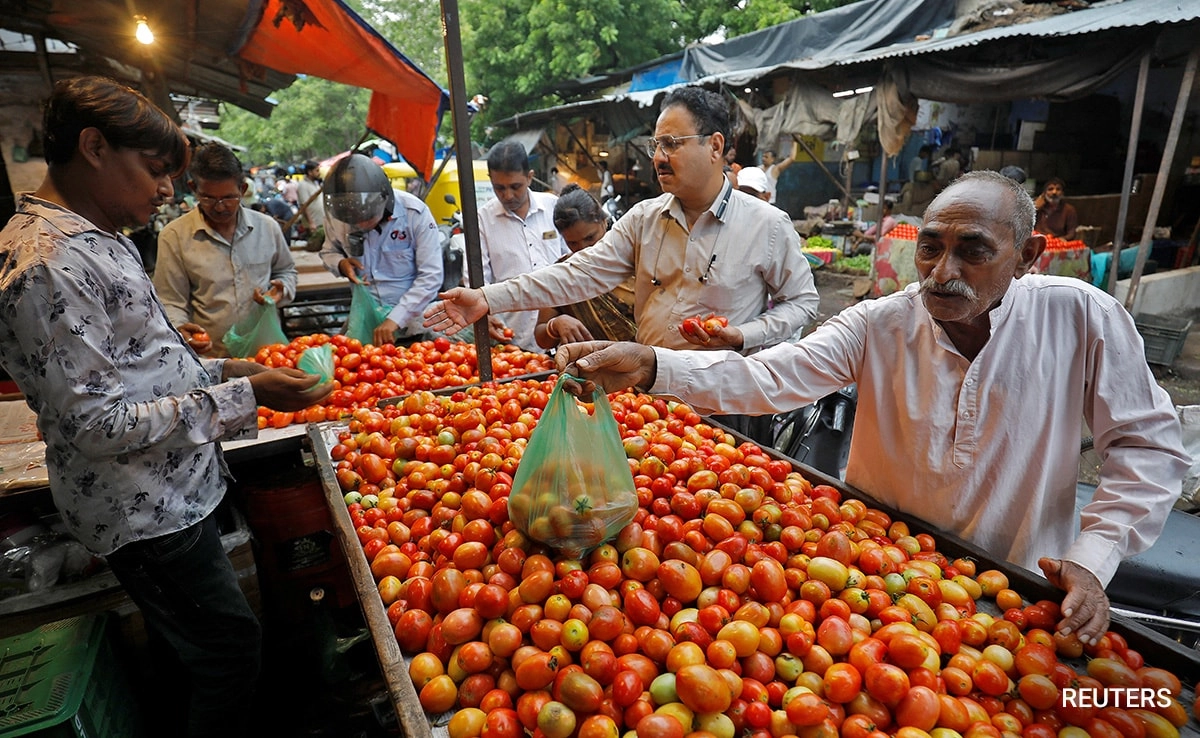The recent decline in tomato prices has raised eyebrows across the agricultural sector, sparking discussions about the underlying factors contributing to this trend. While it may seem like a simple case of supply and demand, the reality is far more complex. Several interrelated issues are at play, revealing a deeper problem within the agricultural economy and supply chain. Farmers are struggling with lower profit margins, which can be attributed to a combination of factors including overproduction, changing consumer preferences, and inflationary pressures affecting input costs.
One significant factor contributing to the drop in tomato prices is the overproduction of the crop. In recent years, many farmers have increased their tomato yields, hoping to capitalize on rising demand. However, this surge in production has led to market saturation, causing prices to plummet. Additionally, consumer preferences are shifting, with a growing number of individuals opting for alternative products or organic options. This shift has further complicated the market dynamics, forcing traditional tomato growers to rethink their strategies to stay competitive.
Moreover, inflation continues to impact various aspects of agriculture, from seeds and fertilizers to transportation costs. As prices for essential inputs rise, farmers find it increasingly challenging to maintain profitability. This financial strain can lead to a cycle of lower investment in quality and sustainability, ultimately affecting the overall quality of the tomatoes produced. These challenges are exacerbated by climate change, which can disrupt growing seasons and yield consistency, forcing farmers to adapt to unpredictable environmental conditions.
In light of these factors, the low prices of tomatoes are not merely a market anomaly but rather a symptom of larger systemic issues within the agricultural industry. To address these challenges, stakeholders—from farmers to policymakers—must work together to develop sustainable solutions that promote fair pricing and support farmers in their efforts to produce high-quality crops. By fostering a more resilient agricultural system, we can ensure that farmers receive a fair return on their investment while also meeting the evolving preferences of consumers. Ultimately, the situation with tomatoes serves as a reminder of the interconnectedness of agriculture and the need for a comprehensive approach to tackle the challenges facing the sector.




